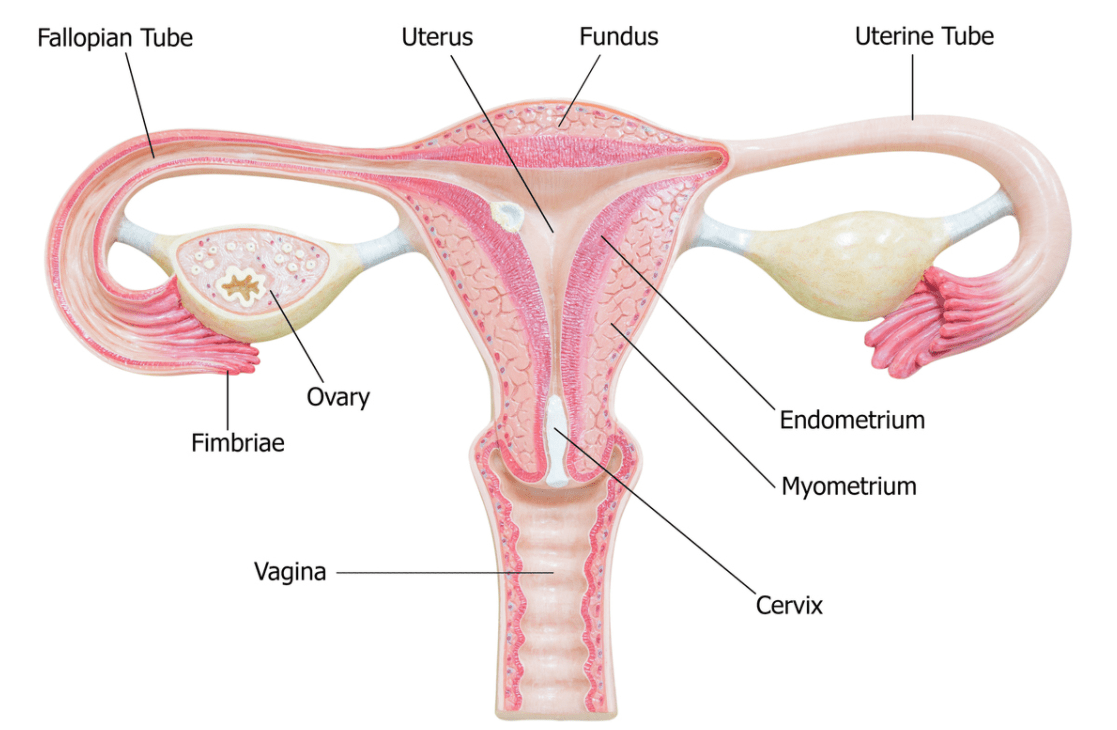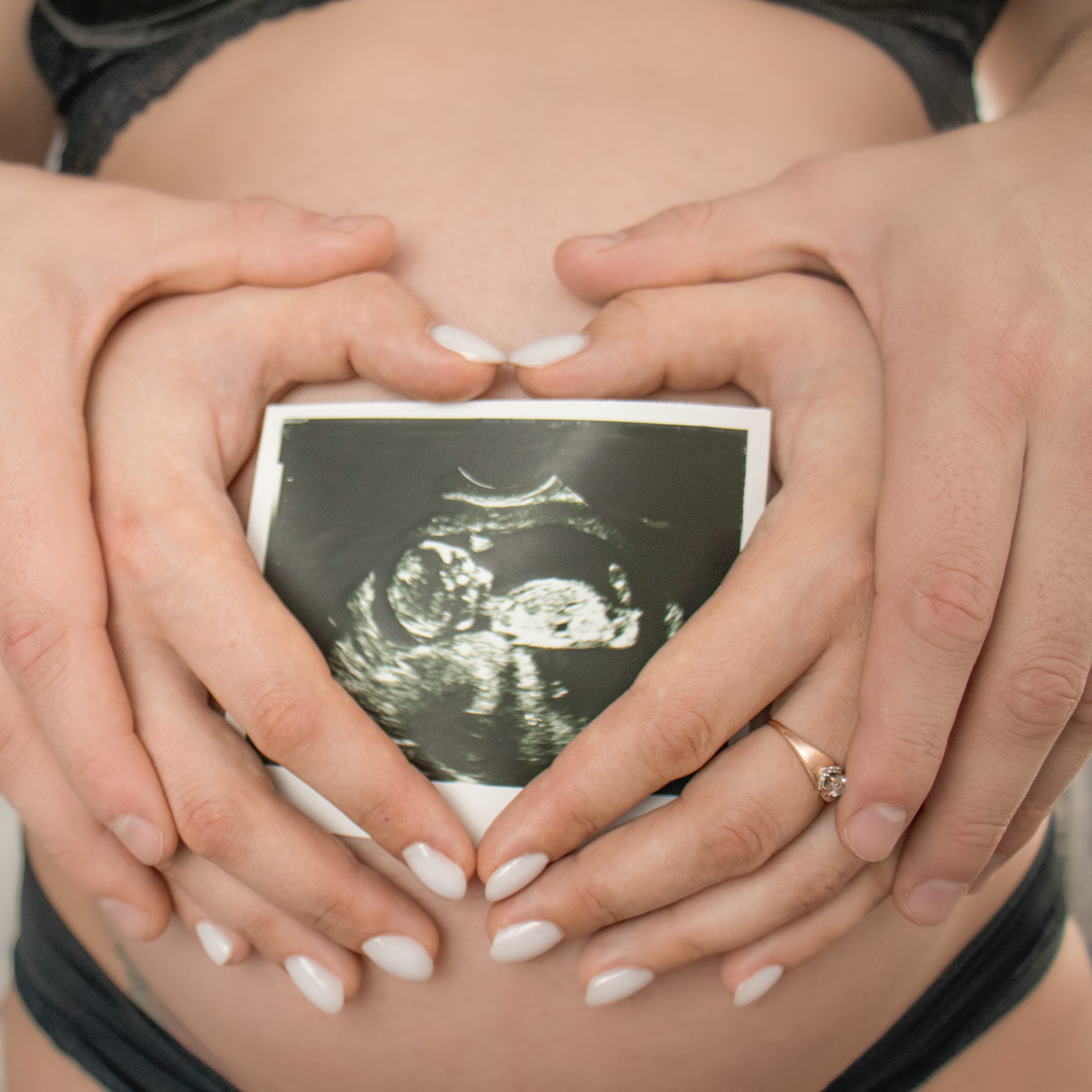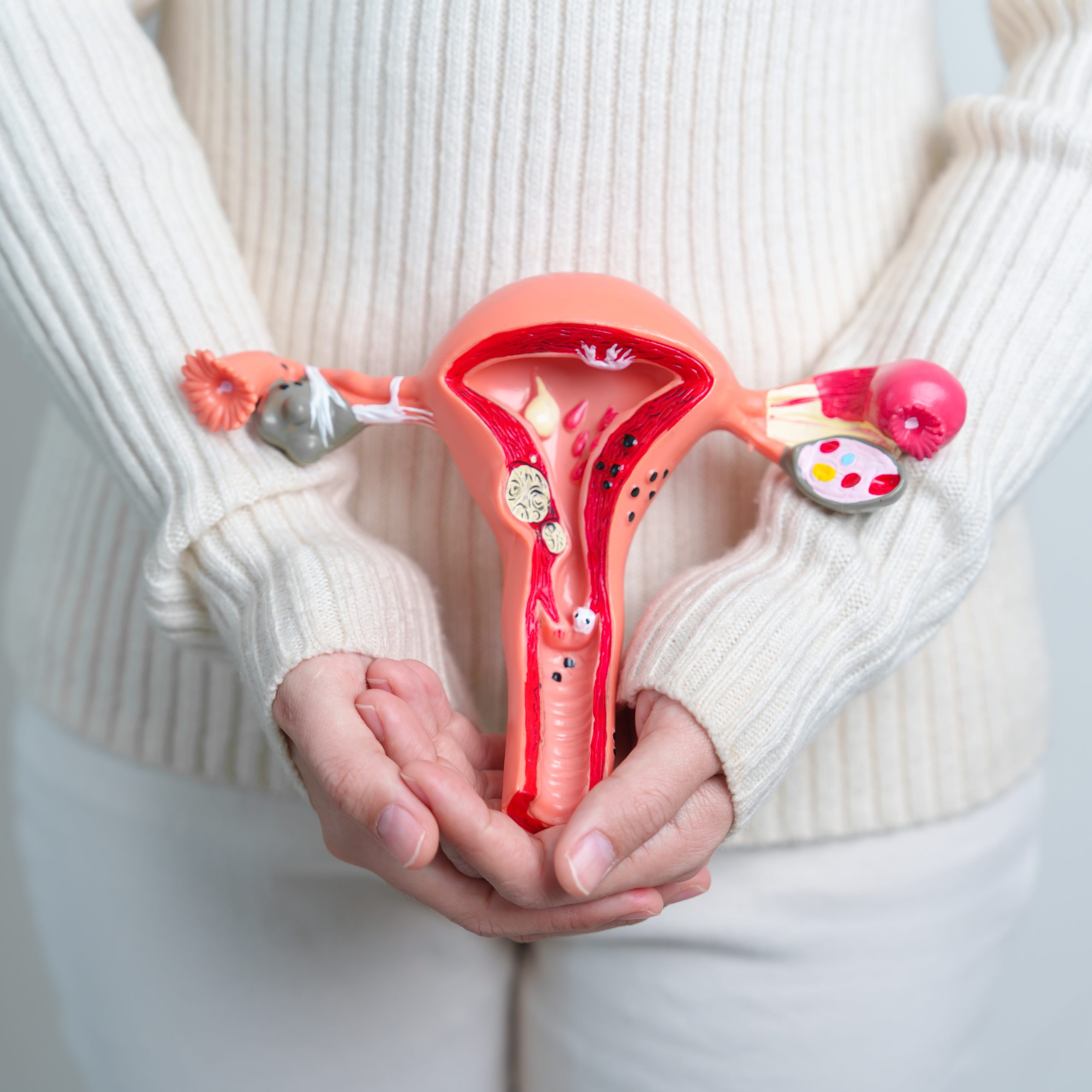Medika’s Patient Information Series for Medical Procedures.
Our Preparing for series allows a patient to prepare themselves for a procedure properly. Answers about how long the procedure will last, what’s involved, what to expect, and even advice on packing your bag. While your surgeon preps, we’ll make sure you’re ready.
What is an endometrial biopsy?
An endometrial biopsy is a simple office-based procedure where a doctor removes a small amount of tissue from inside the uterine cavity. This tissue is called the endometrium. To find out if any abnormal cells are present, the doctor must sample the endometrial tissue to be tested and evaluated under a microscope.

What is this procedure and why do I need it?
An endometrial biopsy is used to diagnose or rule out endometrial cancer or precancerous changes in the tissue called endometrial hyperplasia.
Women with postmenopausal bleeding, heavy periods, irregular periods, or abnormal findings on a sonogram may be candidates for this procedure. Most often, an endometrial biopsy is performed as part of the evaluation of abnormal uterine bleeding, but it also is used in cases of infertility.
What does this procedure involve?
The gynecologist inserts a thin, flexible tube called a pipelle into the uterine cavity through the cervix’s opening called the cervical os. Using negative pressure, the doctor pulls a small amount of endometrial tissue into the pipelle for sampling. The procedure takes only a few minutes and causes mild cramps.
Where is an endometrial biopsy procedure performed?
Gynecologists perform endometrial biopsy procedures in an office setting.
Can my family visit me?
Endometrial biopsies are performed in a medical office setting. The vast majority of patients will be able to drive themselves to and from the procedure. Some may prefer a trusted family member to bring them.
Does my procedure require an anesthetic?
Anesthesia is not typically required for an endometrial biopsy procedure. Some physicians spray a topical anesthetic directly onto the cervix. Occasionally, gynecologists provide local anesthesia via a paracervical anesthetic.
A paracervical block is an anesthetic technique done by a gynecologist to numb the uterus. Medication is injected into the cervical tissue to reduce pain during surgery.
Some gynecologists recommend oral medication to reduce anxiety
What’s the procedure when I check in?
Most procedures will involve a preoperative visit with your surgeon. The risks and benefits of the procedure will be discussed in detail and questions regarding your procedure are discussed.
The consent form is reviewed, signed, or updated with any changes.
Because an endometrial biopsy is performed in an office setting, the experience will feel like a normal office visit. After checking in, you will be taken to a procedure room. The medical assistant will prepare the room and provide a gown or leg coverings. When all is prepared, your surgeon will come and review any last-minute questions.
What happens in the procedure room?
Your surgeon will help position your legs into the stirrups. A speculum is placed into the vagina to allow visualization of the cervix, the opening of your uterus located at the back of the vagina.
Once the speculum is in position to allow visualization of the cervix, the procedure will attempt to pass a small pipelle through the cervix into the endometrial cavity. If the cervical os (opening) is too narrow, then the doctor will attach an instrument called a Tenaculum to the top of the cervix to stabilize the uterus. Then, they will use a small tool to dilate the cervix wide enough for the pipelle to enter.
Once the pipelle is safely inside the uterus a small amount of endometrial tissue is pulled into the tube for sampling.
These cells are sent to a pathologist for evaluation.
After the biopsy, the speculum is removed and the procedure is complete. Some patients will experience mild bleeding, spotting or a brown, coffee-ground vaginal discharge over the next few days.
How long will I be in the procedure?
Once the patient enters the procedure room a series of safety steps must occur.
An endometrial biopsy procedure takes approximately 2–5 minutes. This includes the surgical time as well as accounting for positioning, the speculum insertion, a paracervical block anesthetic, and removal of the instruments
When can I go home?
After an office-based endometrial biopsy procedure, patients may go home after getting dressed as long as you are feeling normal.
Post-procedure recovery time will vary from person to person.
Endometrial biopsy procedures require a minimal amount of recovery. Patients may leave as soon as the procedure is complete.
After and recovery questions
What is the usual recovery time?
You should be able to resume all work and household activities on the same day as your procedure. You should expect to feel a little vaginal soreness for 2–3 days. Mild uterine cramping is also common.
- Some patients will require mild pain medication like NSAIDs.
- It is wise to wear a sanitary pad for a few days as you may experience vaginal spotting or dark vaginal discharge.
- You will be instructed to abide by pelvic rest for approximately 1–2 days. This includes no douching, no sex, and no tampons.
- You should call your doctor if you experience heavy vaginal bleeding, fevers, or worsening abdominal pain.
What aftercare is required?
Most women should be able to return to normal daily activities the same day. You should speak with your physician regarding the resumption of sexual activity. Typically, the recommendation is to avoid vaginal intercourse for 1–2 days.
You should not use tampons for 1–2 days after the procedure to reduce the potential risk of infection.
Light bleeding, spotting, and brown or black discharge is common and expected. Sanitary napkins are advised.
Your doctor will schedule a postoperative examination to review the pathology report findings. If any abnormalities are found on the biopsy, your doctor will discuss the next steps
Danger Signals to look out for after the procedure
After an endometrial biopsy procedure, we expect light spotting and vaginal discharge.
If you experience heavy bleeding, abdominal or pelvic pain, a fever, or pain that increases over time beyond 24 hours, call your physician. After any surgery contact your physician if you meet any of the following criteria:
- Pain not controlled with prescribed medication
- Fever > 101
- Nausea and vomiting
- Calf or leg pain
- Shortness of breath
- Heavy vaginal bleeding
- Foul-smelling vaginal discharge
What should I pack at home?
Nothing special is required after an endometrial biopsy procedure. A supply of sanitary napkins will help keep your clothing clean.
What information should I provide to my doctors and nurses?
It is very important to provide your doctor with an updated list of all medications, vitamins, and dietary supplements prior to surgery. All medication and food allergies should be reviewed. Share any lab work, radiologic procedures, or other medical tests done by other healthcare providers with your surgeon prior to your procedure.
Article originally published on Medika Life.
Blog Author: Dr. Jeff Livingston
Main Blog Photo By: nortonrsk Istock by Getty











